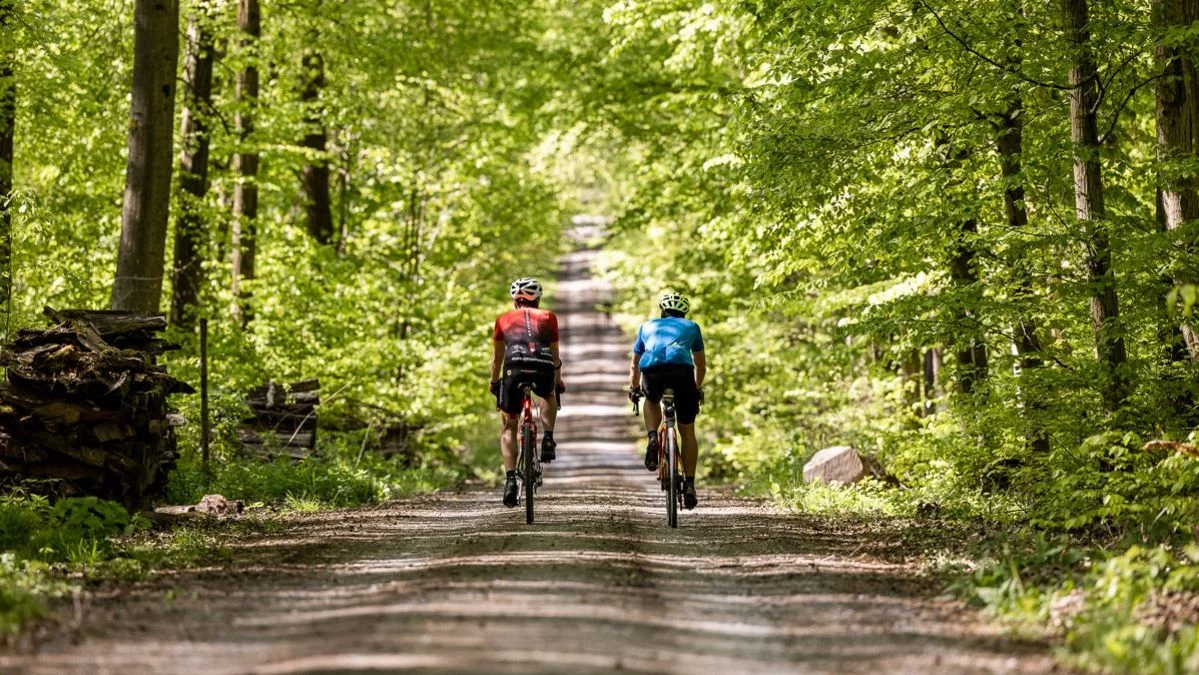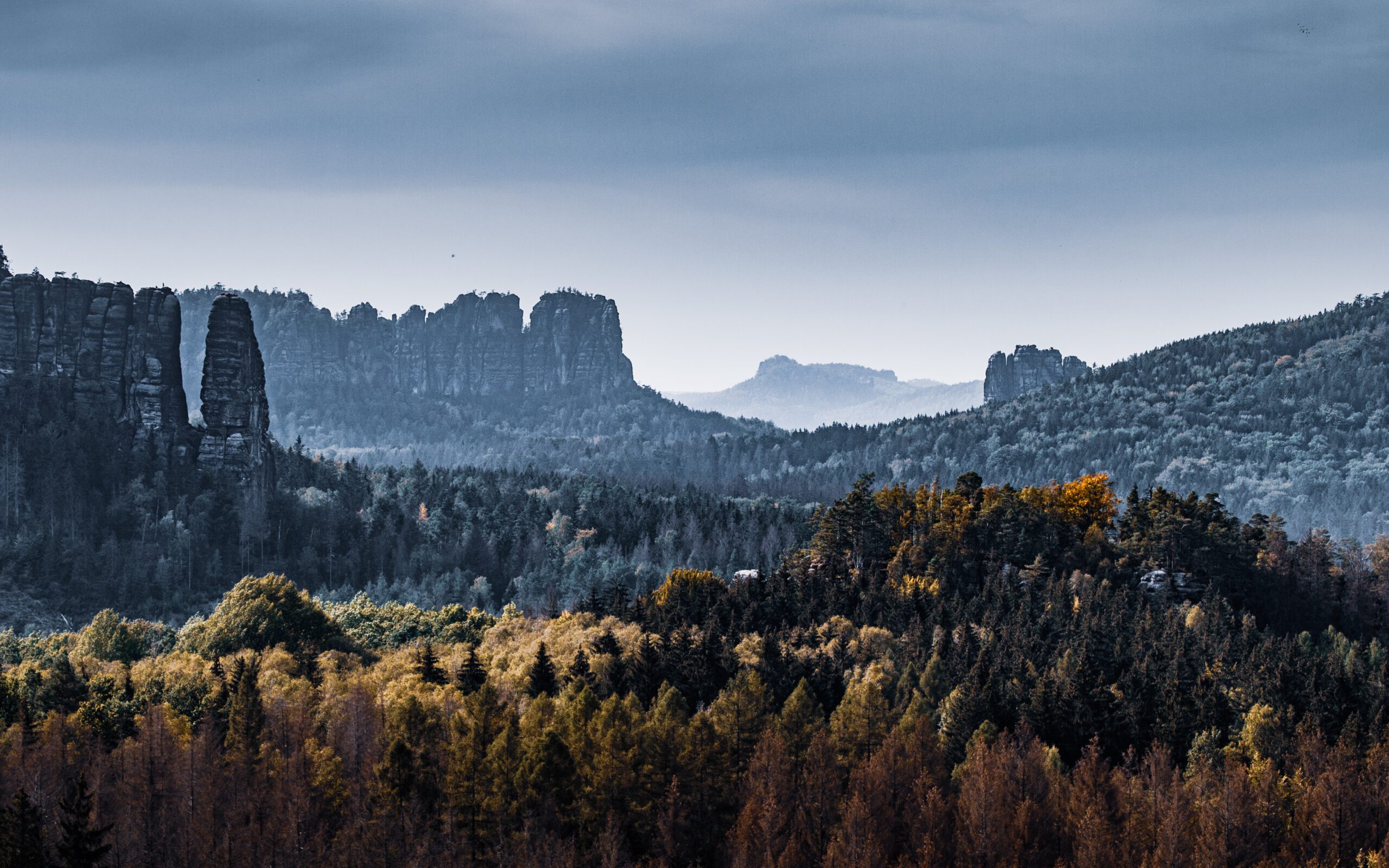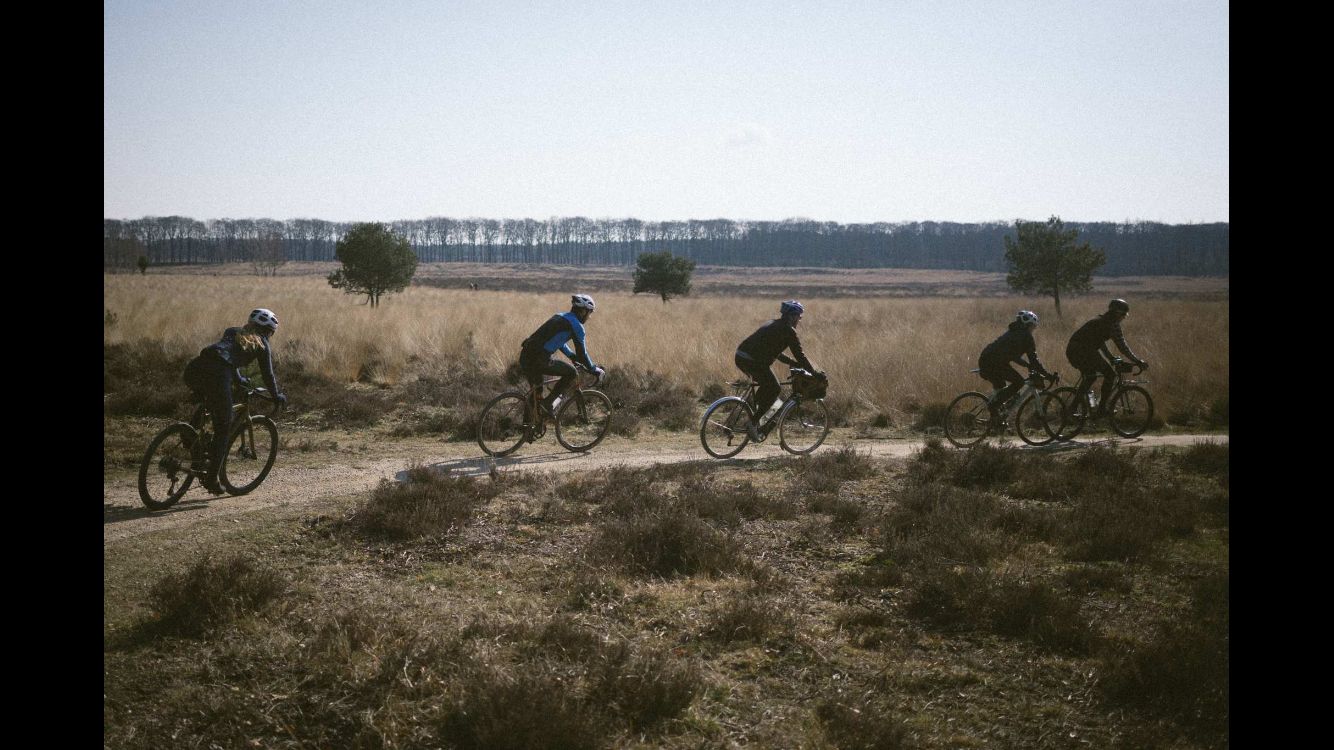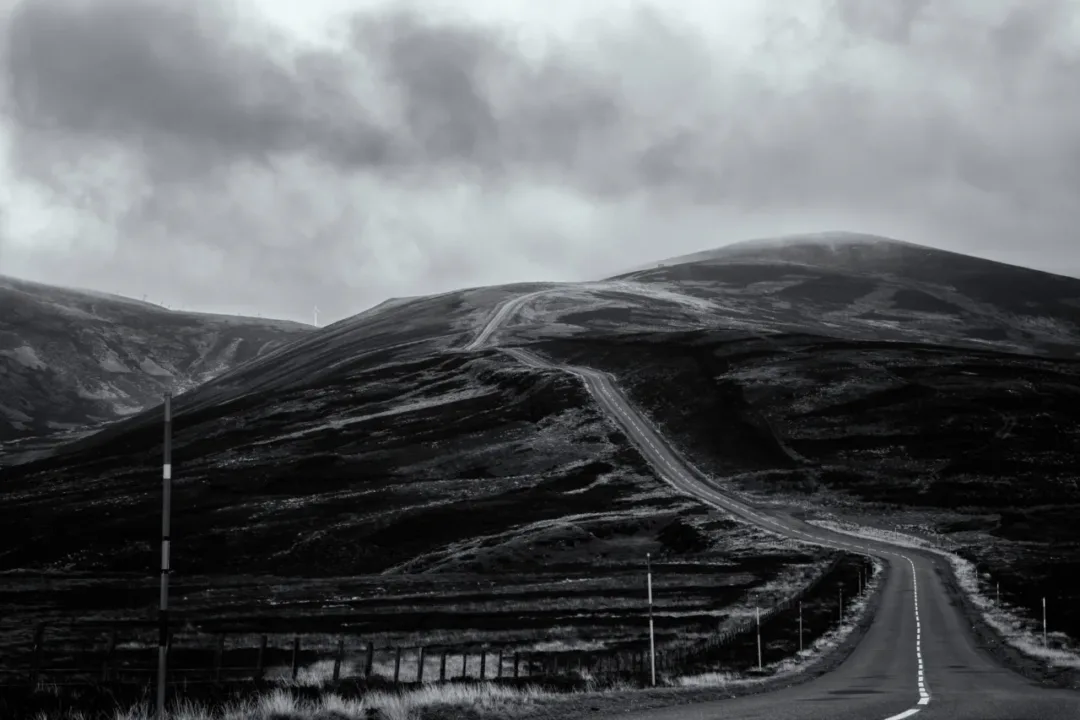Suppose you are getting on a road bike, gravel bike or mountain bike for the first time. If you go out with a group of experienced cyclists, the terms will quickly make you dizzy. After all, what is it all about. 'What group do you have?' Group? I'm not in school anymore, am I? If it's about teeth, you'll quickly lose your way. Not to mention designations and brands. That's no big deal. Everyone has to start somewhere sometime. Add to this the fact that half of the people have no idea why this person rides the bike and groupset they do. Indeed, why it's better to choose a Shimano Ultegra than an SRAM Force, nobody really knows. We give an explanation of shifting and groupsets. Hopefully it will help you a bit!
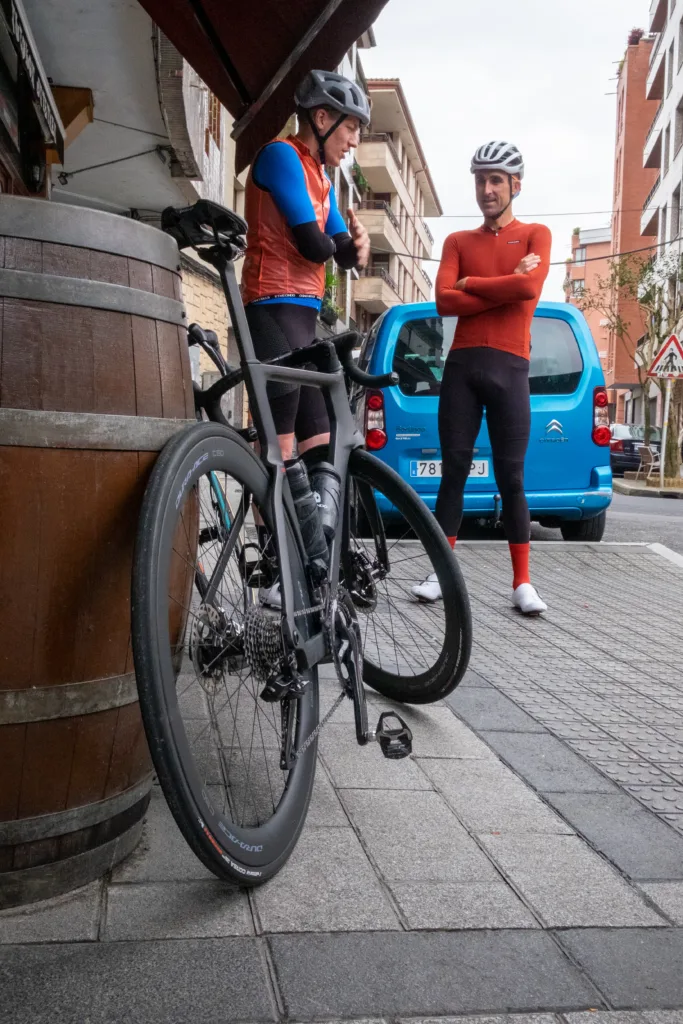
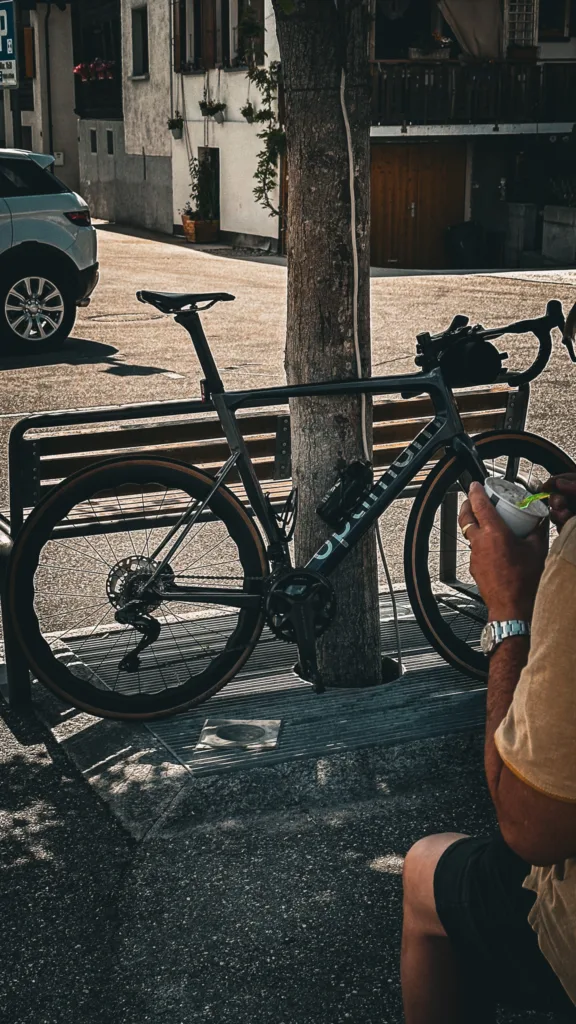
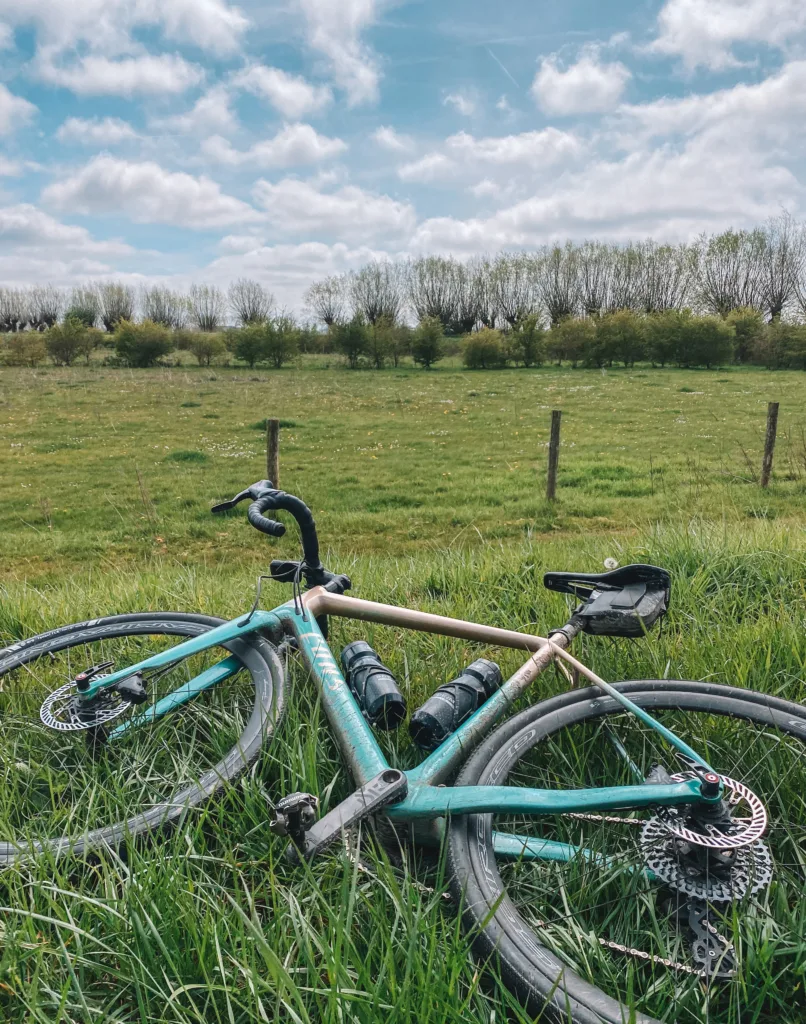
Switching gears for a moment
It is therefore useful to provide some additional info on shifting and shifting groups. What they are, we'll explain in a moment. But we can also talk about why shifting gears is useful on a bike ride. In any case, by the end of this article you will know more about shifting, the differences between shifting groups, the brands and the difference between Electric and Mechanical shifting. A world will open up for you. Although half the knowledge will probably get you started.
What is a switching group?
Let's start with the basics. So what is a shifting group? A shifting group, also known as a groupset, is the collection of parts on a bike that are responsible for shifting gears, the drive (i.e. pedals, chain) and braking of the bike. You also often hear references to 8-9-10-11-12 or 13 speed. That's the number of cogs/cogs you have on your rear wheel. So a Shimano 12-speed groupset has 12 shifting options at the back and often two more at the front. So then you have 24 options. So why it's not called 24? No idea. So also on your front derailleur you have two options, sometimes you have a single front blade and previously there was also a 'triple'. With three front blades.
Components
A complete switching group consists of several components:
- Derailleurs. These are the most technical parts of shifting. You usually have on your bike a front derailleur and a rear derailleur. With the front derailleur, you move the chain from the large to the small sprocket at your pedals (this is the crankset, more on this later). The rear derailleur moves the chain from the large sprocket to the smallest sprocket and everything in between at your rear wheel. The cogs together form the cassette. The derailleur is operated mechanically or electrically with the 'shifters'.
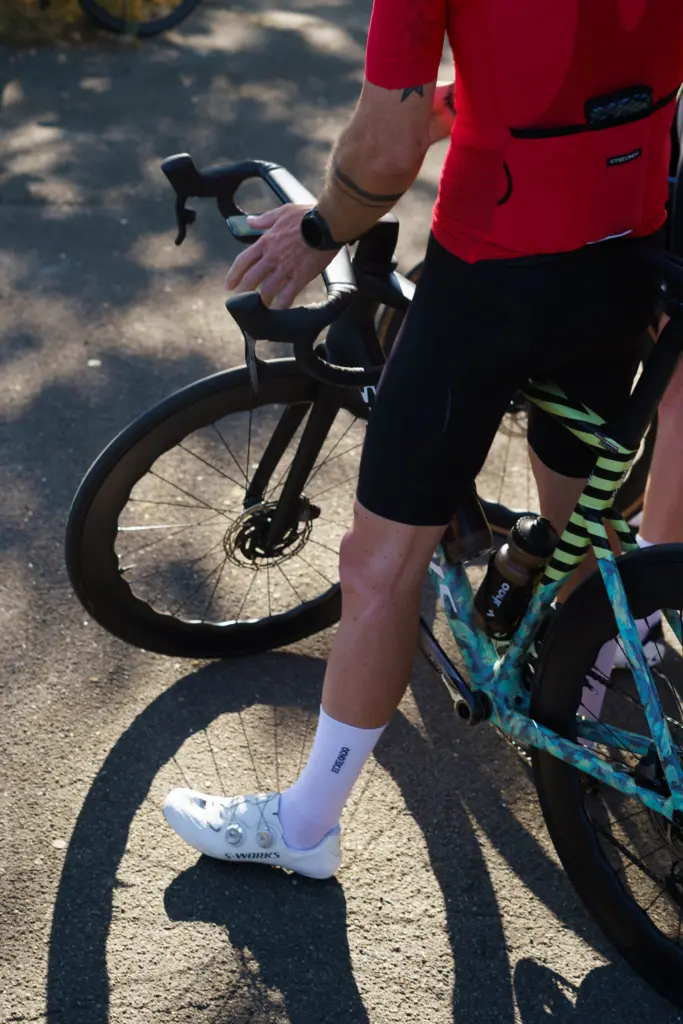
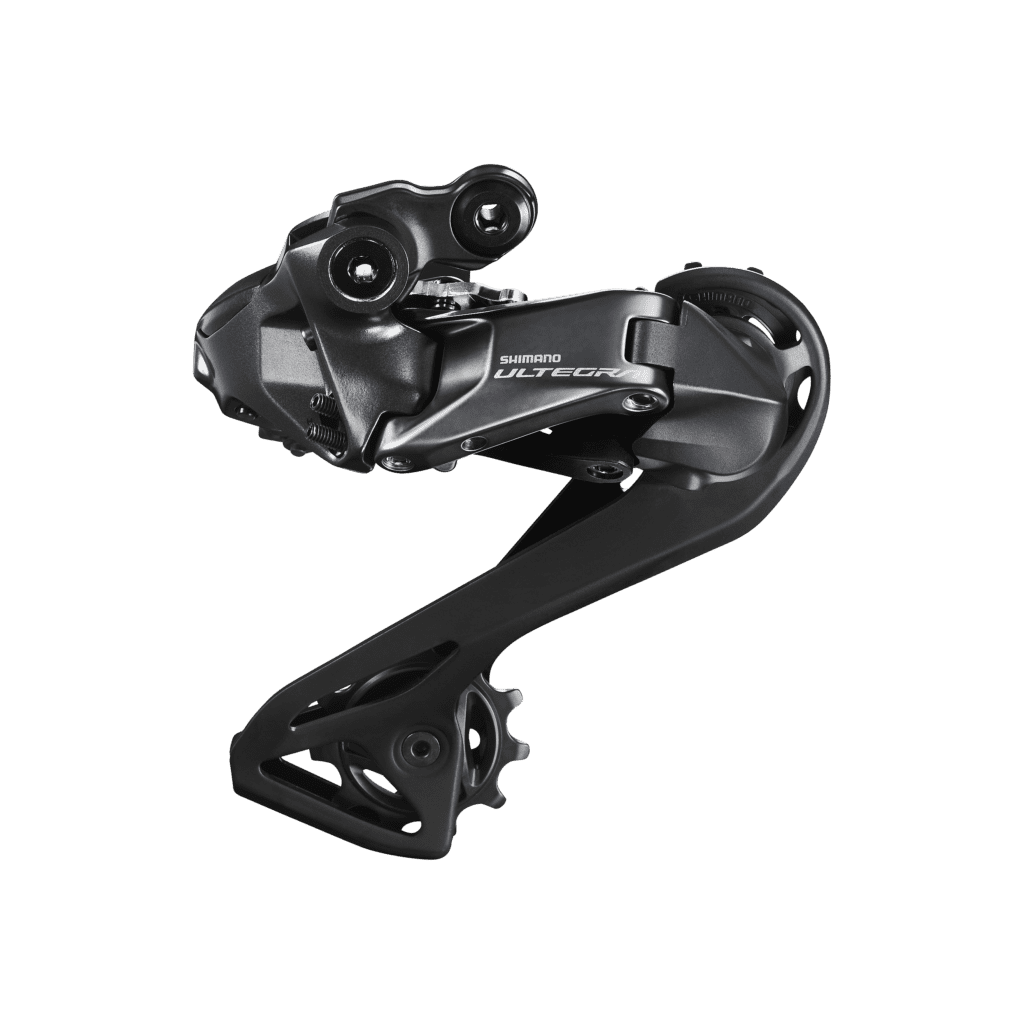
- Cassette. This pyramid-shaped collection of 'wreaths', or small chainrings, allows you to ride heavier and lighter, without having to put in another wheel or replace the front chainring. A cassette comes in different shapes and sizes, where you often hear combinations like 11-30, 12-28 or 10-34. The numbers represent the number of cogs on a sprocket. The fewer cogs at the back, the heavier. With a cycling holiday in the mountains would you like the biggest possible number on your cassette. 32 or 34. The rest don't matter.
- Crankset. This is both your left and right crank arm (not the pedal, which is called a pedal) and the front blades together. The left and right crank arms are connected by a crank axle. The crankset comes in different shapes and sizes. Important things to remember here:
- Length of your crank. This is measured in millimetres (mm) and comes in 165 to 180 mm lengths. The most commonly used lengths are 170 mm, 172.5 mm and 175 mm. Crank length is often personal preference but as a general rule, the longer your legs, the longer your crank.
- So the crankset also consists of your chainrings at the front. The most well-known combinations are 53-39, 52-36 and 50-34 (also called compact). In addition, maker SRAM often has other combinations namely 46-33, 48-35 and 50-37. Here goes: if you have a bit less power, then a combination with small numbers will do. If you go cycling in the mountains, then that's fine too.
- The crankset sits in the frame of your bike via a bottom bracket.
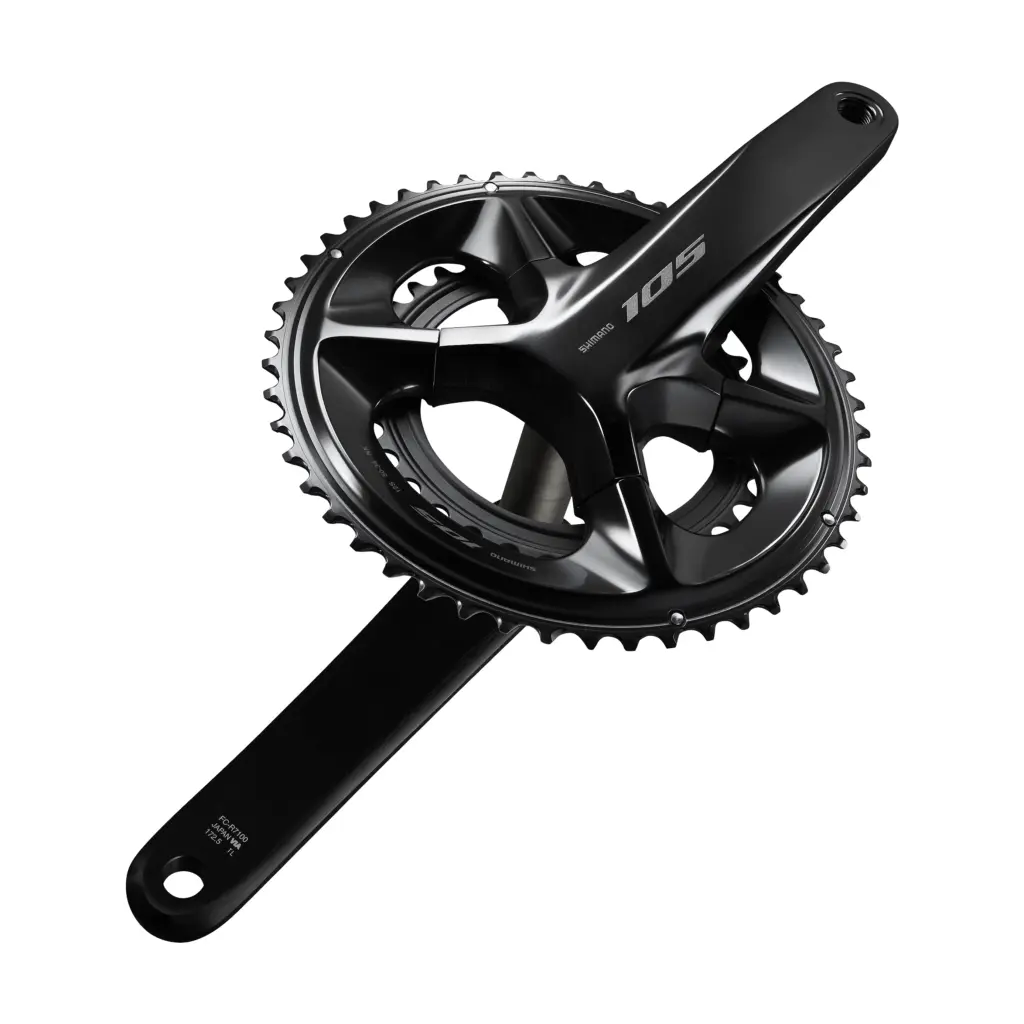
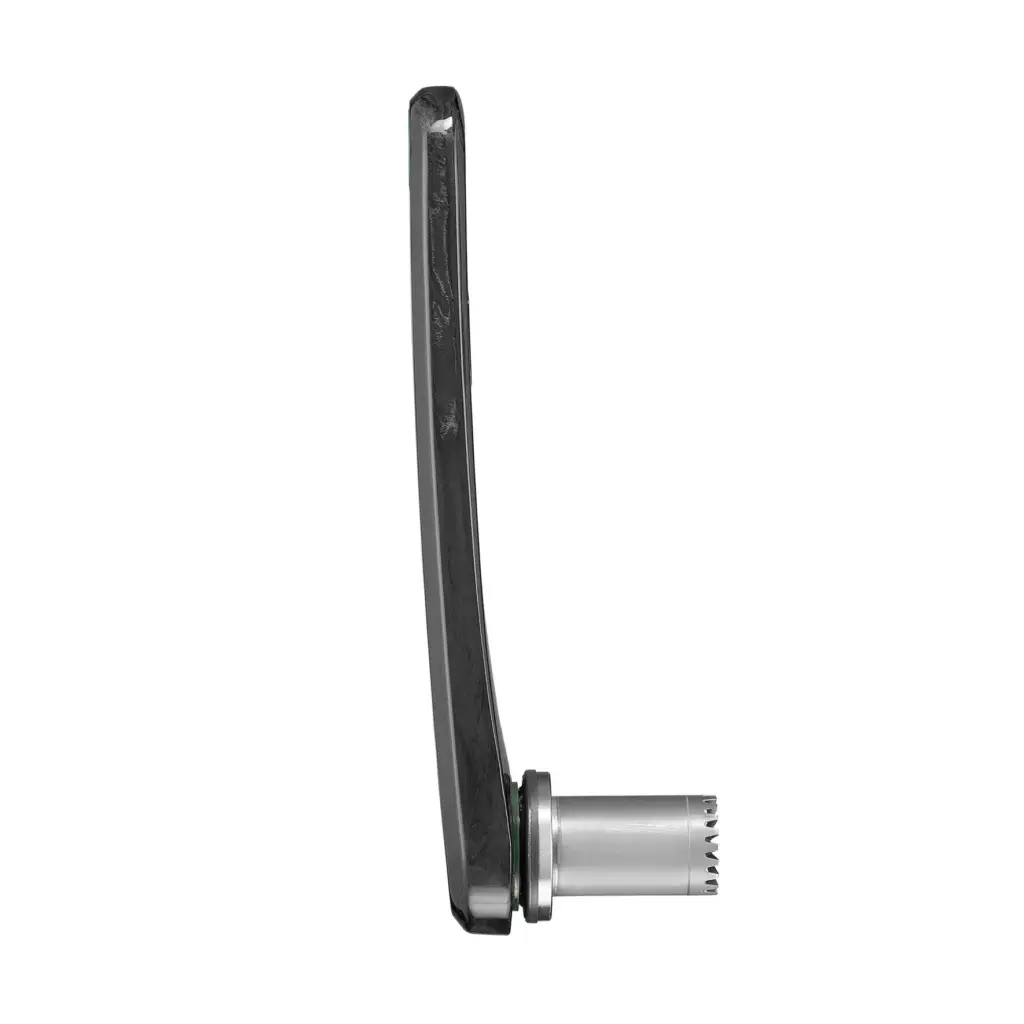
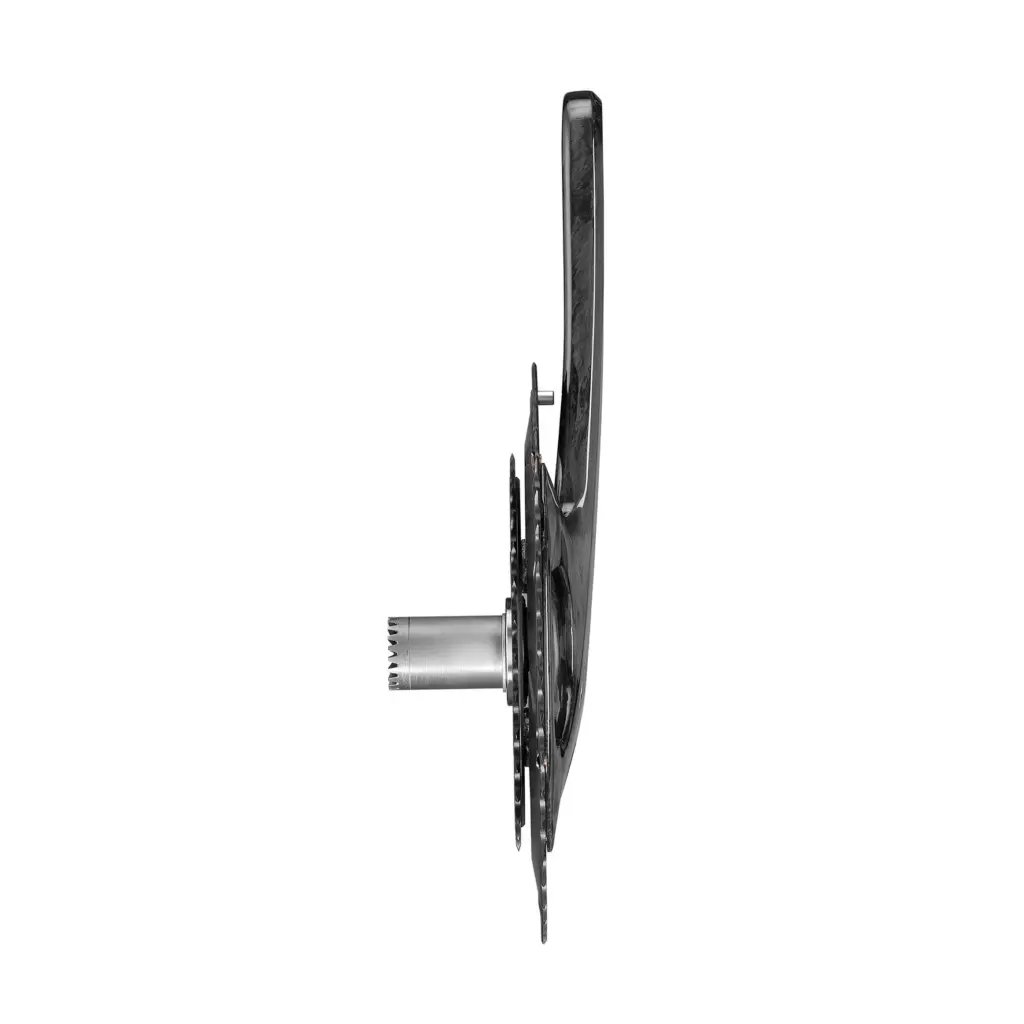
- The bottom bracket, also formerly known as the bottom bracket, is the bracket in which the bottom bracket is attached. It is located in the centre of the frame, between the pedals. When people talk about replacing the bottom bracket, it usually refers to replacing the bottom bracket and its bearings. The crankshaft, which connects the two crank arms, runs through the bottom bracket and bottom bracket. The bottom bracket comes in different shapes and sizes. If you are new to materials, it is especially useful to know that it is there, that it can be broken and that you can replace it. We will go into more technical details in another article.
- Shifters: These are the brake levers on your handlebars. Depending on which manufacturer, upshifting and downshifting differ. With shimano you have two levers, the larger one being for downshifting, the smaller one for upshifting. With the front derailleur, it is exactly the other way round. With SRAM it is one lever and you use it for upshifting (small travel) and downshifting (large travel). Campagnolo has a second lever for upshifting and downshifting is done with a thumb shift on the inside of your shifter.

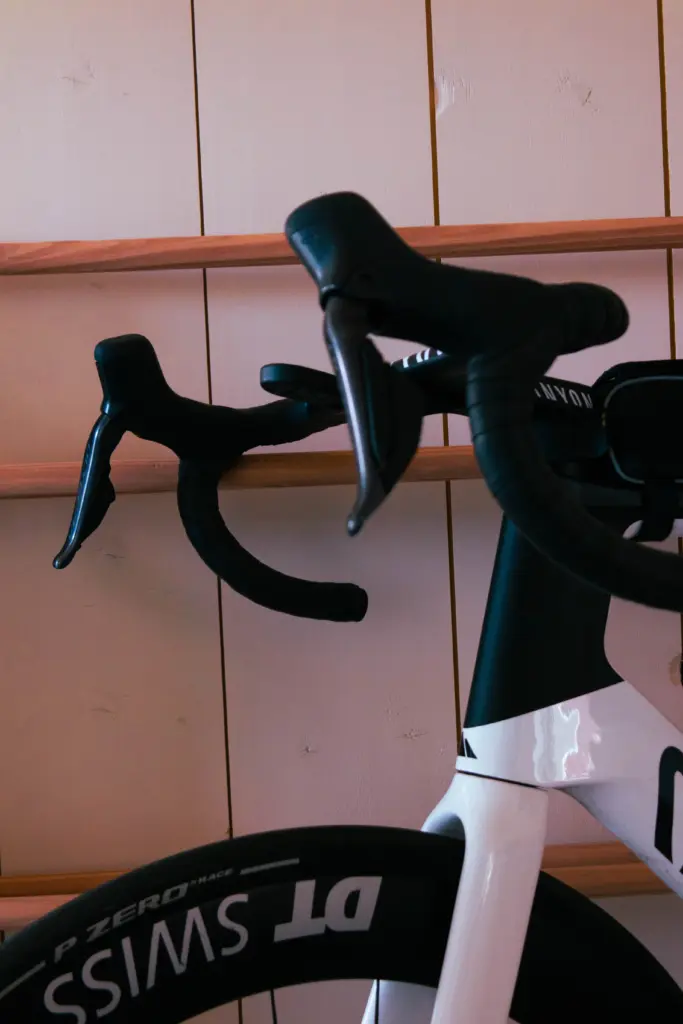
- Chain: With these, you connect front sprockets and the cassette and move forward. Although there are now options to buy your road or gravel bike with a belt drive, here we focus on the chain. The chain consists of links and you can make it longer or shorter. Always get help from your bike shop on this. A chain that is too long will reduce drive and cause your cassette to jump. A chain that is too short will prevent you from using the largest rear cog. The chain comes in different versions, where more expensive often stands for slightly less weight and less resistance, allowing you to go faster technically. Disadvantage: you often have to replace it faster (and therefore more expensive).
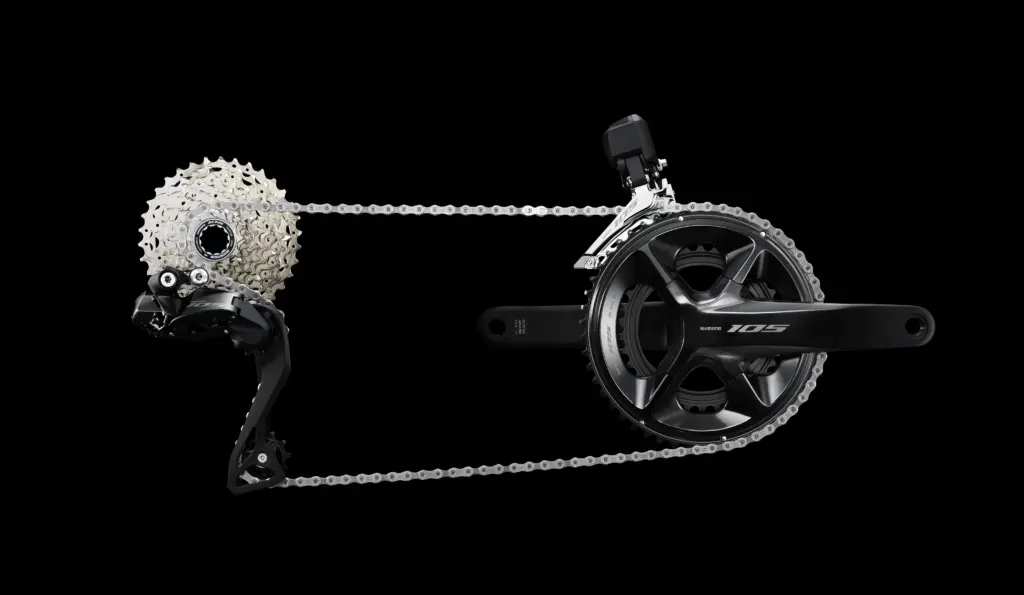
- Brakes: you have disc brakes and you have rim brakes. As a rule, disc brakes are just a bit more reliable, especially in wet weather conditions. That said: a good rim brake is not inferior to a disc brake. With rim brakes, you have to choose from brake pads consisting of a different composition. With discs, you also have brake pads, but the brake disc is the main component. The disc differs in size. The bigger, the more braking power. The standard size is 160mm.
How do I choose the right shift group for my cycling adventure?
We can't actually answer this question for you. But we can give you some guidance. There are a few things to look out for when buying a bike and choosing a groupset. Aside from the brand, here is a list of things to look out for.
- Performance: How smooth and accurate the shifts are. Cheaper groups are a bit 'slower with shifting, are often mechanical instead of electric' and they are less accurate. Often they also have fewer options (read 10 speed vs 12 speed).
- Weight: The overall weight of the group plays a big role. The lighter, the faster you can ride uphill against the mountain, right? Note, however, that the price of the groupset skyrockets the more weight is saved. For many of us, then, it's better to cycle one more time and have two less beers or wines. Go a lot faster from it.
- Sustainability: Many parts on a bike, but especially the groupset are wear parts. Read: using them causes the parts to wear out and you need to replace them. While it sounds cool to have a Dura-Ace or SuperRecord groupset, those are made for real competition work. Compare it to Formula 1 car racing and road riding. The tyres on a Formula 1 car last a few hundred kilometres, those on a regular car a lot longer. So what do you want? Replace them as soon as possible, but sooner? Or go on a bit longer? Now the ratios are not that extreme, amar it is what you have to think about. More expensive is definitely not always better for your situation.
- Maintenance: How easy it is to maintain or replace the parts. That does assume you do proper maintenance yourself. So properly polishing and regularly check your chain with a chain checker (and then (have it) replaced on time). The disadvantage with current groupsets is that they have a product lifetime of 10 years. In 10 years, it will probably be difficult to get parts for your current groupset.
- Price: This is of course the hot topic, price. Because certainly with a bike, frame and groupset determine whether you can buy something yes or no. The rest is 'small beer'. When it comes to choosing a groupset, we can't decide for you whether you should spend say €1000 more on a Dura-Ace or SRAM RED Etap compared to a SRAM Force or Campa Record group. This is mainly down to your wallet, your willingness to pay more and your willingness to pay more for replacements in the future.
- Compatibility: Whether the groupset is compatible with your bike frame and other components. This is true in 99.9% of cases these days, but always good to check.
Mechanical vs Electric Shifting (Di2 at Shimano, eTap at SRAM, Wireless at Campa)
- Mechanical: Traditional cable system. It requires manual force to shift, but is known for its reliability and durability.
- Electric (Di2): Provides precise and effortless shifting performance at the touch of a button. However, the system is more expensive and requires charging. Thereby, you also have to make a choice: do you want to charge with an internal battery, as with Shimano, or do you prefer separate batteries that you can also replace quickly if necessary, as with Campa and SRAM
What choice do I actually have?
Although there are more manufacturers operating in the market today, it is safe to say that 99% of the market is owned by the three best-known brands.
- Shimano. Japanese precision, in business for over 100 years and by far the market leader
- SRAM. The American challenger that is often just ahead in terms of innovation. Different technology, different chainrings, tooth ratios and more gadgets
- Campagnolo: Italian elegance. You don't ride a Bianchi with Shimano according to many purists. The brand was a leader for a long time, but missed the mark a bit in the 2000s. They now play catch-up
Shimano groups
Ranging from entry-level to professional racing components, Shimano's range dominates the shifting market.
- Sora: An entry-level groupset ideal for beginners. It offers reliable performance and is suitable for casual and commuter rides but lacks the sophistication and light weight of the more expensive sets.
- Tiagra: This is a step up from the Sora, with improved shifting performance and weight savings. Suitable for those looking for more sporty rides.
- 105: A mid-range groupset that offers value for money. It offers many of the technologies and features of the more expensive sets, making it popular with keen cyclists. Meanwhile (following SRAM), it is also available as a Di2.
- Ultegra: This is semi-professional quality. With its light weight, durability and improved shifting precision, the Ultegra is a favourite among many competitive racers. Naturally available as Di2.
- Dura-Ace: The flagship, used by professionals. It offers ultimate performance, precision and is the lightest in weight. Only available as a Di2 still.
SRAM groups
SRAM offers unique technologies and a straightforward approach. They are known for their wireless electronic shifting systems, the 'Etap' variants.
- Apex and Rival: Entry and mid-range options that offer solid performance for everyday use. These are comparable to Shimano's Tiagra and 105. The RIVAL can also be ordered as an eTAP, i.e. electric variant.
- Force: Offers advanced technologies, lighter weight and is often used in competitive environments. The alternative to the Ultegra group. I
- Red: The premium set, known for its wireless shifting technology and used by the riders in the cycling peloton. In 2023, all men's grand tours were won with this groupset.
Campagnolo groups
Campagnolo is known for its stylish design and precision. The Italian maker's distribution of group sets looks as follows:
- Veloce and Centaur: Good quality for beginners and advanced riders, with a focus on reliability.
- Chorus and Record: These group sets offer advanced technologies and are popular in competitive circles.
- Super Record: The flagship, focusing on lightweight and high-tech materials for ultimate performance.
Conclusion
While we may not have given you a ready-made solution, you now have a lot more info on groups and group sets. That will help the next time you cycle with your cycling group. But it also helps when thinking about whether you might want to upgrade on your current bike, or if you might want to go for a different manufacturer or groupset when buying a new one.
Want to know more? Then let us know in the comments or send us a message at info@cyclingdestination.cc


